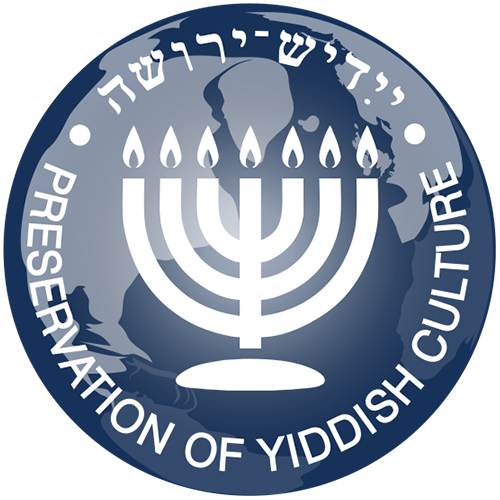Music
Moisey Beregovsky
Lev (Leib) Pulver
Dmitry Shostakovich
Isa Kremer
Nechama Lifshitz
Sidi Tal
Klezmer music
Imagine some shtetl in the mid-18th or early 19th century, somewhere in Ukraine or Belarus, Poland or Lithuania. A Jewish mother sings a lullaby to her baby, and the baby already begins to understand and memorize some Yiddish words. The language, native to this child, is going to become the instrument of his or her speech, thought, comprehension of everything in the world.
Who is the author of this lullaby, of its melody? Who blended the words and the melody together, and when? We will probably never know, but these songs have reached us after passing from generation to generation.
The Jewish folk musicians – the Klezmers – would play the same melodies without the lyrics at weddings and other celebrations. They would memorize them without knowing any notes. Much later, in the early 20th century, such extraordinary people as Moisey Beregovsky would spend years and even decades traveling from town to town, in order to record and then publish these melodies, to preserve the priceless musical heritage of the Jewish people tormented by pogroms and all sorts of hardships.
Before Beregovsky, right before the beginning of the 20th century, the Jewish theater – meaning the Yiddish theater – was born in Eastern Europe. Some of its creators emigrated to America and became founders and performers of dozens of theaters, where the actors would also play in Yiddish.
Another important figure to appear along with the actors and theater directors was the composer. Inevitably, the composer would be the co-director of the performances, unimaginable without their musical aspect. In fact, early musical folk performances were the forerunners of professional Broadway musicals.
Lev (Leib) Pulver was a truly universal Soviet composer who created the music for almost all the performances of the Moscow State Jewish Theatre (GOSET). Among professional performers of Yiddish songs in different countries, Isa Kremer was certainly one of the brightest stars. Still, the music associated with the Yiddish culture had to make another round in order to become an integral part of the world classics.
When Stalin and his associates, after having brutally murdered Solomon Mikhoels, one of the leaders of the Soviet Jewish intelligentsia, were preparing to kill the best Jewish poets and writers, the brilliant Russian composer Dmitry Shostakovich managed to introduce elements of Yiddish folk music into his own musical language.
Shostakovich wrote vocal and instrumental music that expresses an extreme degree of tragedy, using the tonality of Jewish folk melodies. As a great artist, he felt that this purely instrumental wordless music reflects the emotions of its unknown authors better than any words. This ingenious, universally recognized music is rooted in the traditional Yiddish culture.
In the second half of the 20th century, the Broadway musical “Fiddler on the Roof” thundered across the world as a masterpiece of its genre. It shows that the characters of Sholem Aleichem’s works, who originally spoke Yiddish, can win the hearts of people even in our modern times of space travel and computer technologies. By this example, the Yiddish culture has been proven to be not archaic, but both modern and eternal. Klezmer music is also thriving today and attracts thousands of fans at festivals and concerts all across the globe.

